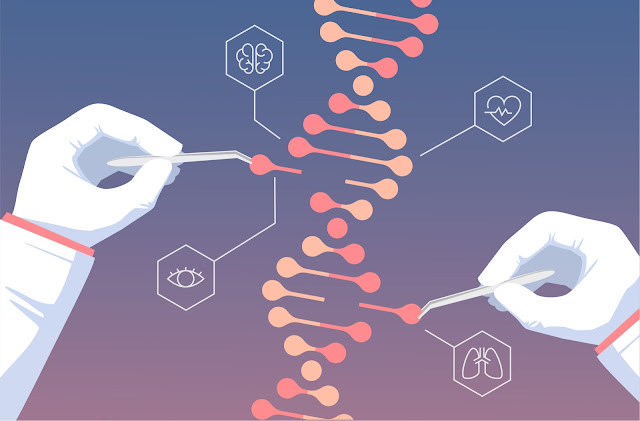Single Cell Genome Sequencing: Unlocking the Secrets of Cellular Diversity
In recent years, the field of genomics has witnessed a groundbreaking revolution with the advent of single-cell genome sequencing. Traditional genome sequencing techniques average the genetic material of millions of cells, overlooking the vast heterogeneity that exists within individual cells. However, single-cell genome sequencing offers a powerful tool to delve into the intricate world of cellular diversity, providing researchers with unprecedented insights into the genomic makeup of individual cells.
Single
Cell Genome Sequencing is a cutting-edge technique that
allows scientists to isolate and sequence the DNA of individual cells. By
analyzing the genetic material of individual cells, researchers can uncover
hidden genetic variations, identify rare cell populations, and gain a deeper
understanding of cellular dynamics and function.
One of the key
advantages of single-cell genome sequencing is its ability to unravel the
complexity of heterogeneous cell populations. In traditional bulk sequencing,
the genetic information from a mixture of cells is combined, masking the
distinct genetic profiles of individual cells. With single-cell genome
sequencing, researchers can discern the unique genomic signatures of different
cells within a population. This technique has proven invaluable in various
fields, including cancer research, neurobiology, and developmental biology,
where cellular heterogeneity plays a crucial role.
In cancer research,
single-cell genome sequencing has revolutionized our understanding of tumor
evolution and heterogeneity. By analyzing individual cancer cells, researchers
can identify subpopulations with distinct genetic alterations, allowing for
more targeted and personalized therapies. This approach has the potential to
reshape cancer treatment strategies, leading to improved patient outcomes.
Moreover, single-cell
genome sequencing has shed light on the intricate development of complex
organisms. During embryogenesis, individual cells undergo diverse genetic
programs to give rise to different tissues and organs. By sequencing the
genomes of individual cells at different developmental stages, scientists can
decipher the genetic blueprints governing cell fate decisions and unravel the
mechanisms underlying tissue formation and organogenesis.
The applications of
single-cell genome sequencing extend beyond the realms of research. It holds
tremendous potential for clinical diagnostics and precision medicine. By
analyzing the genomes of individual cells, clinicians can gain insights into
disease mechanisms, identify rare cell populations associated with diseases,
and design tailored treatment strategies. This personalized approach has the
potential to revolutionize the field of medicine, leading to more effective and
targeted therapies.
Despite its immense
potential, single-cell genome sequencing is a technically challenging and computationally
intensive process. It requires sophisticated laboratory techniques to isolate
individual cells, amplify their DNA, and generate accurate sequencing data.
Furthermore, the analysis of large-scale single-cell genomics datasets
necessitates advanced computational algorithms and bioinformatics tools.
Single
Cell Genome Sequencing represents a transformative
advancement in genomics, allowing researchers to unlock the secrets of cellular
diversity. By deciphering the genomes of individual cells, we can unravel
complex biological processes, identify rare cell populations, and gain a deeper
understanding of diseases. This powerful technique paves the way for
personalized medicine, where treatments can be tailored to the specific genetic
characteristics of individual patients. As technology continues to advance,
single-cell genome sequencing promises to revolutionize our understanding of
biology and shape the future of medicine.




Comments
Post a Comment